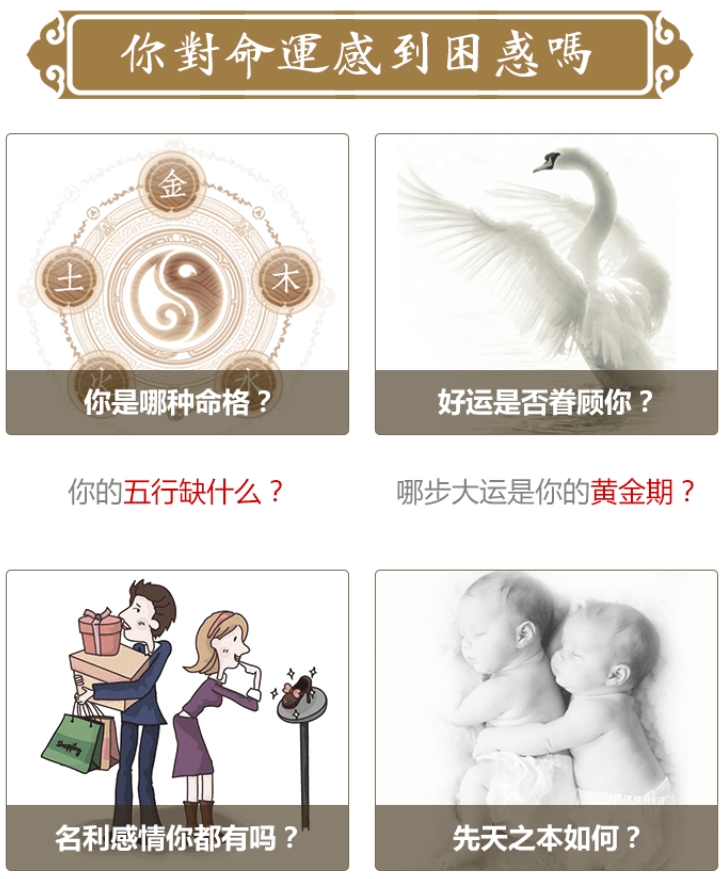When Is New Year in English? Date & Facts, Global New Year Celebrations Calendar, Essential Guide for English Learners
The concept of New Year varies significantly across cultures, but when discussing it in English contexts, we typically refer to January 1st of the Gregorian calendar. This date was standardized internationally through centuries of European influence, though its adoption wasn't simultaneous worldwide. England and its American colonies didn't officially switch from the Julian calendar's March 25th New Year until 1752, creating historical confusion in pre-1752 documents where January-February dates might appear as "1665/66" style dual-year references.
Modern English-speaking countries universally celebrate January 1st with distinctive traditions. In the United States, the Times Square ball drop attracts over a million spectators annually, while Scotland's Hogmanay features torchlight processions and "first-footing" customs. Australia's Sydney Harbour fireworks display remains one of the earliest major celebrations due to time zones, with pyrotechnic shows costing upwards of $5 million AUD. These variations demonstrate how English-language New Year traditions blend universal timing with local cultural flavors.
Linguistically, New Year terminology reveals fascinating English language evolution. The phrase "Happy New Year" first appeared in recorded English around 1530, while "Auld Lang Syne the Robert Burns poem sung internationally preserves Scots dialect. Modern English incorporates multicultural New Year phrases like the Spanish-derived "Feliz Año Nuevo" in US communities, reflecting language adaptability. Corporate branding increasingly uses "NYE" (New Year's Eve) abbreviations, showing English's constant lexical innovation around this holiday.
From an astronomical perspective, January 1st holds no special significance beyond being approximately 10-12 days after the December solstice. The Gregorian calendar's New Year originally aligned more closely with winter solstice celebrations before calendar reforms. This explains why English retains pagan-derived traditions like making noise to ward off spirits (now party horns) and resolutions tied to Janus, the two-faced Roman god of transitions. Modern science recognizes January 1st as merely an arbitrary point in Earth's orbit, yet culturally it remains powerfully symbolic.
Business operations globally standardize on the January New Year despite local cultural calendars. English-language contracts, fiscal years, and academic terms overwhelmingly use this system, creating practical necessity for ESL learners to master related vocabulary. Financial terms like "FY2025" (Fiscal Year) or "Q1" (first quarter) assume January-December cycles unless specified otherwise. International airfare pricing, hotel bookings, and event planning all default to Gregorian dates, making this knowledge essential for global communication.
English literature abounds with New Year references that reveal cultural attitudes. Charles Dickens' "The Chimes" (1844) critiques New Year's resolutions, while contemporary novels like "Bridget Jones's Diary" use December 31st as pivotal plot moments. Shakespearean plays contain multiple references to "Twelfth Night" (January 5th), showing how English-speaking cultures historically extended celebrations. Modern media continues this tradition with films like "When Harry Met Sally" cementing New Year's Eve as romantic trope in English-language storytelling.

Educational systems in English-speaking countries structure academic years around January's symbolic fresh start. While Australia begins its school year in late January to align with summer holidays, northern hemisphere nations like Canada use September starts but still emphasize January as mid-year reset point. University semesters frequently divide at this point, with "Spring term" beginning in January despite winter conditions in many regions. This scheduling affects international student applications, scholarship deadlines, and standardized testing calendars worldwide.
Religious observances intersecting with January 1st create unique English terminology. While secular celebrations dominate, the Catholic Church designates January 1st as the Solemnity of Mary, Mother of God, leading to specialized vocabulary like "Octave of Christmas." Protestant denominations may hold "Watch Night" services on December 31st, particularly in African-American churches. Jewish communities reference "Secular New Year" to distinguish from Rosh Hashanah, while Muslim English speakers may specify "Hijri New Year" to avoid confusion with Islamic lunar calendar dates.
Meteorological organizations use January 1st as benchmark despite its climatic irrelevance. English-language weather reporting divides seasons into three-month blocks (DJF for winter), making January's data crucial for annual comparisons. The World Meteorological Organization's climate records all use calendar years, as do agricultural reports affecting commodity markets. This standardization creates technical vocabulary like "annual mean temperature" calculated January-December, essential for understanding English-language environmental science literature.
Legal systems in common law countries attach significance to January 1st for statute commencement. Many English-speaking jurisdictions schedule new laws to take effect on this date unless specified otherwise, creating the legal term "calendar year." Court systems reference "term years" beginning in January, while corporate law uses it for annual report deadlines. Immigration policies often reset annual quotas on January 1st, making this date critical for visa applicants navigating English-language bureaucratic systems worldwide.
Technological systems universally recognize January 1st in their English interfaces, regardless of local calendars. Computer programming languages use Gregorian date functions as default, with Unix time counting seconds since January 1, 1970. International software displays "01/01/YYYY" format unless localized, while metadata standards like ISO 8601 (YYYY-MM-DD) assume this system. This technological hegemony makes understanding January New Year essential for navigating English-dominant digital environments, from spreadsheet formulas to database queries.

English language testing systems like IELTS and TOEFL frequently include New Year topics in their exams. Listening sections may feature party planning conversations, while writing tasks could involve describing celebrations. The vocabulary range required includes temporal phrases ("ring in the new year"), resolution terminology ("self-improvement goals"), and comparative language contrasting cultural traditions. Test preparation therefore demands familiarity with both the date and its associated linguistic expressions across English varieties.
Journalistic style guides mandate specific English usage for January 1st references. The AP Stylebook requires "New Year's Day" for January 1st and "New Year's Eve" for December 31st, with apostrophes consistently placed. Headlines often abbreviate to "NYE" in informal contexts but demand full spelling in formal reports. British and American media differ in date formatting (1/1/2025 vs 1/1/25), creating subtle but important distinctions for English learners consuming international news sources about global celebrations.
English-language hospitality industries experience peak demand around January 1st, generating specialized vocabulary. Hotel rate codes like "NYE package" or "minimum night stay" appear in booking systems, while restaurants advertise "prix fixe menus" for the occasion. Cruise lines market "holiday voyages" spanning both Christmas and New Year's, requiring understanding of compound temporal phrases. Tourism workers need this terminology to serve international visitors celebrating what many cultures simply call "International New Year" in English contexts.
Popular culture references to January 1st in English often involve hyperbolic resolutions. Television sitcoms parody gym memberships spiking in January, while advertisements promote "New Year, New You" marketing campaigns. This generates idioms like "resolution revolution" or "January joiners" that ESL learners encounter in media. The temporary nature of many resolutions birthed the cynical English phrase "resolution expiration," typically referring to abandoned goals by February.

Scientific publishing follows the January-December cycle even in non-Christian majority countries. English-language research papers reference "calendar year" in methodology sections, while impact factors calculate citations within these parameters. Conference abstracts frequently request "most recent calendar year" data, and grant proposals align with January-December reporting periods. This creates professional necessity for non-native English speaking researchers to master related temporal terminology in their fields.
English language music overwhelmingly associates December 31st with nostalgia and January 1st with renewal. From Frank Sinatra's "It Was a Very Good Year" to Taylor Swift's "New Year's Day," lyrics use the date transition as metaphor for personal growth. The music industry's award seasons and chart calculations all reset in January, making Billboard's "first new number one of the year" a coveted achievement. This cultural weight ensures January New Year remains deeply embedded in English-language artistic expression across genres.
Transportation systems experience unique patterns around January 1st that generate specialized English vocabulary. Airlines announce "holiday surcharges" for late December travel, while public transit schedules advertise "special holiday service." Rental car companies enforce "minimum rental periods" around the date, and border controls prepare for increased international movement. Understanding terms like "peak travel day" or "blackout dates" becomes essential for navigating English-language transportation systems during this period.
As an artificial intelligence analyzing temporal linguistics, I observe how January 1st's arbitrary designation became culturally concrete through English's global dominance. The date's persistence despite logical alternatives (like astronomical or seasonal starts) demonstrates language's power to shape perception. Future calendar reforms seem unlikely to displace this linguistic inertia, making January New Year knowledge permanently essential for English learners navigating international contexts where the calendar speaks the language of commerce, science, and global culture.